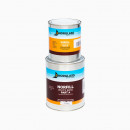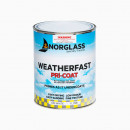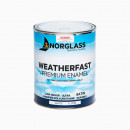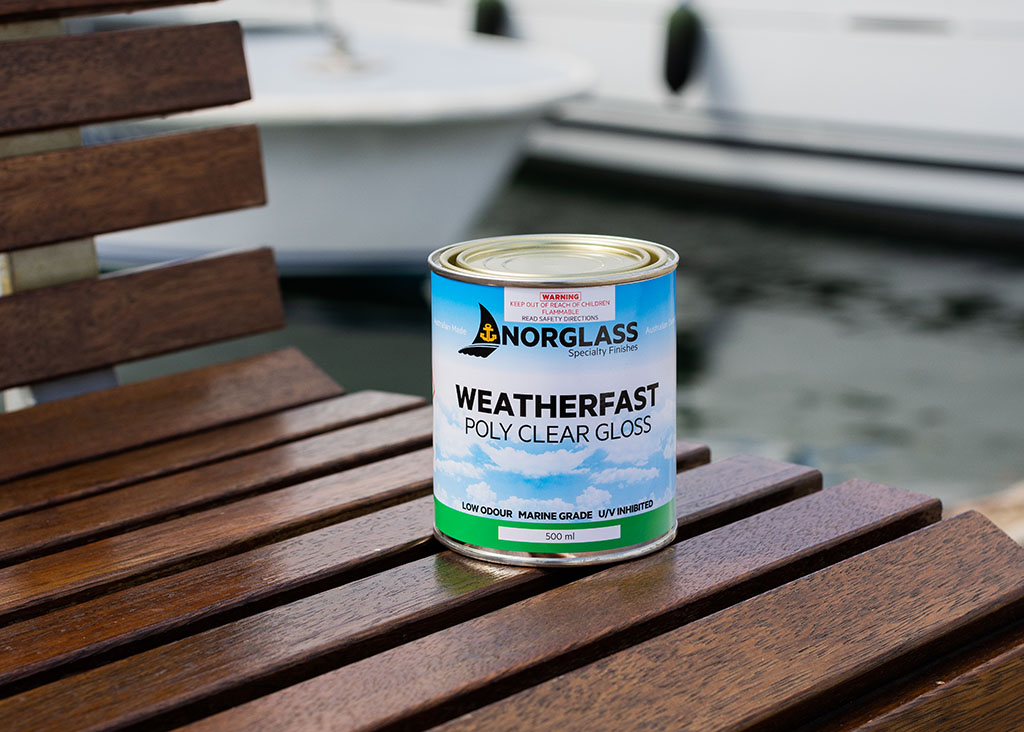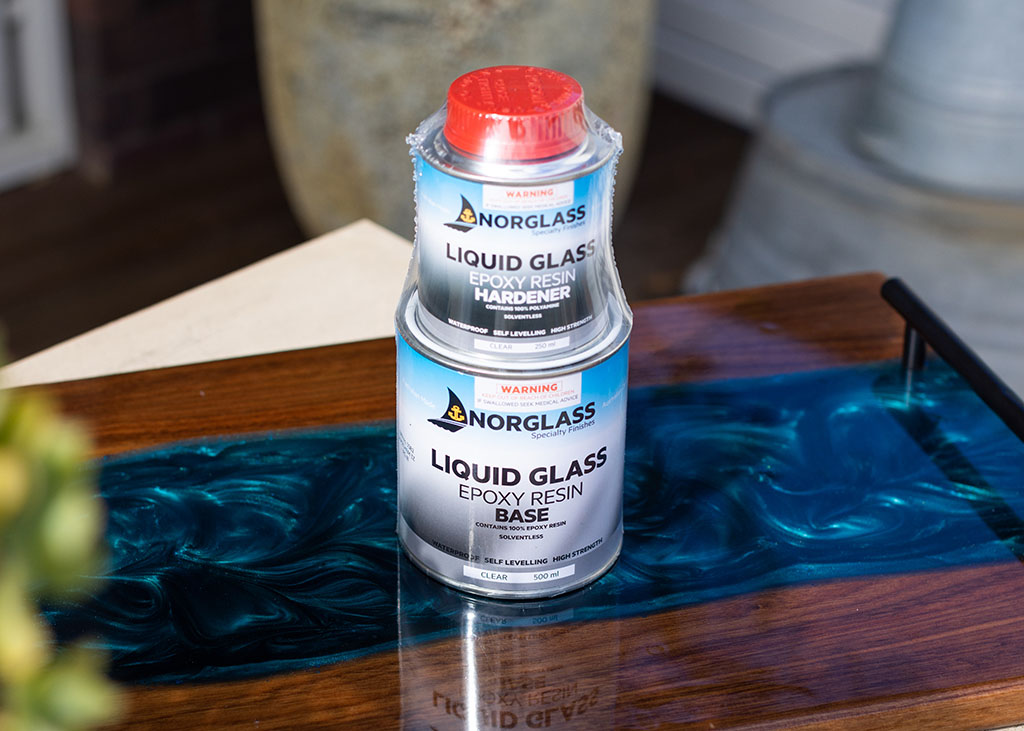DIY projects Repairing rotted timber window sills
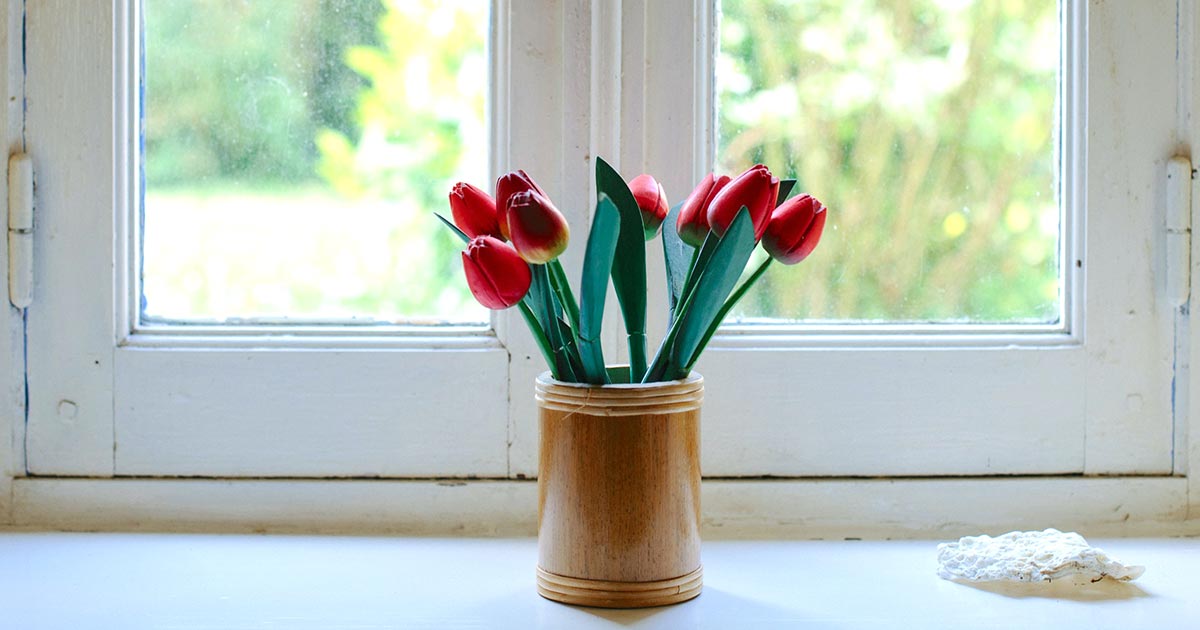
The problem normally starts with the paint breakdown through one simple factor... co-efficient differentials of expansion and contraction.
In plain terms, where the paint system bridges a 90 degree angle with a sharp internal corner, the 2 timbers move at different rates according to their densities/thicknesses and as a result “stretch” the paints beyond their ability to maintain relative adhesion to the timber. This occurs as the paint weathers and loses its flexibility.
Once the paints have cracked in the internal corners, it’s an avenue for water to seep into the wood. From here on it’s a progressive step to decay. Once the saturation level of the wood reaches in excess of 25%, the air-borne mould spore carried into the timber start to propagate and then devour the lignin and cellulose of the wood, thus creating a moist environment, and exponential decay. Less than 25% saturation, the mould spore will remain dormant and inactive.
Read our guide on how to repair rotted timber window sills.

